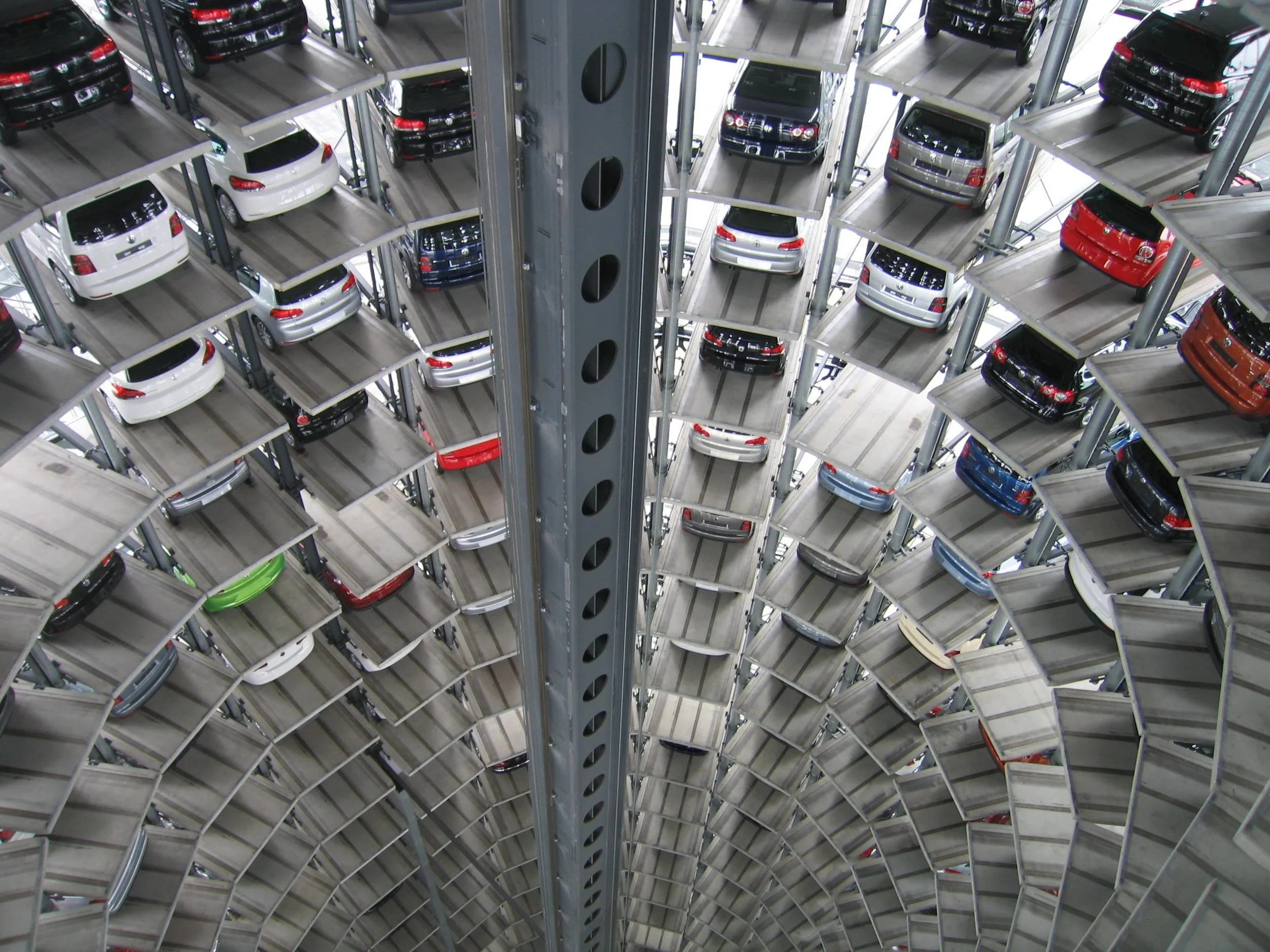Autonomous vehicles as a major disruption to the economy and society
Various commentators have claimed that the advantages associated with autonomous vehicles are so compelling that widespread adoption will occur within the next decade or so, in spite of the layers of complexity – administrative/regulatory as well as technological – associated with this innovation.
Arbib and Seba (2017, 3) note that Technology as a Service (TaaS) will cause several disruptions to the current conditions and the institutional paradigms of our economy. Some of these impacts include:
“Cities will soon have to make complex decisions related to infrastructure, urban mobility, land use, and social equity and inclusion as people give up car ownership and take up ridesourcing”
Massive savings in transportation costs will provide boosts in annual disposable income; providing a significant increase in total GDP.
Productivity gains as a result of reduced driving hours will also contribute to significant gains in GDP.
Land could be converted to more productive land uses due to the diminished demand for vehicle intensive real estate.
Nearly 100 million existing vehicles will be abandoned as they become economically unviable.
The diminishing demand for production of traditional vehicles could result in a distinctive disruption in the car value chain; impacting auto dealers, auto maintenance, and auto insurance companies.
Car manufacturers will have to adapt either as low-margin, high volume assemblers of A-EVs, or by becoming TaaS providers. Both strategies will be characterized by high levels of competition, with new entrants from other industries. The value in the sector will be mainly in the vehicle operating systems, computing platforms and the TaaS platforms.
The transportation value chain will deliver 6 billion passenger miles in 2030 (an increase of 50% over 2021) at a quarter of the cost ($393 billion versus $1,481 billion).
Glus, Bhatia, Caglioni, Gaby, Gottschling, lacobucci, Rothman et. al. (2017, 16-21) assert that there are multiple benefits of advanced planning to combat technology disruptions. The most significant benefits include:
How should cities prepare for these challenges?
Opinions differ as to the speed at which this new technology, and policy coordination, will be adopted, but we are inclined to side with those who expect the transition to be well on its way within 10 years. What are the implications for local government managers? The effects of this transition will run through many aspects of the economy, affecting land use, transportation modes and infrastructure, budgets, and policies related to all of the preceding. To help localities deal with this disruption, the economic development consulting team of The Natelson Dale Group, Inc. and McClure Consulting LLC have prepared an impact model designed to track the changes brought about by autonomous vehicles through the economy and other municipal systems.
- Customized, user-friendly models, transferable, adaptable for web-based (jurisdiction’s internal system) or standalone
- Quantitative output, all over time, for the variables listed above
- Configured to provide results, supplemented by interpretation by the Team, sufficient for policy guidance, including:
- Advance notice, enabling strategic engagement and time to identify critical interests and develop creative policy and budget responses
- Opportunities for the municipality to take a leadership position, with respect to both its region and peer cities, through innovative responses to the transition to autonomous vehicles
- Department-by-department friendly
- Option for Website-based use
- Internal
- Portions sharable to public (Open Data)
- Platform friendly (Desktop; Tablet; Mobile)
Leveraging technology to enhance mobility
Prioritizing and modernizing public transit
Implement dynamic pricing
Planning for mixed-use development that embodies car-light neighborhood design
Encouraging adaptable parking, and
Promoting equitable access to new jobs and services
Who would benefit from using this modeling tool?
The impact model can address the interests of a wide range of public and private entities:
- City/County Managers
- City Planning departments
- Public Works departments
- Municipal budget forecasters
- Community groups advocating smart development
- Real estate developers and major property owners
- Chambers of Commerce
- Community Development organizations
- Economic Development departments/organizations
Specifically, our model analyzes a wide range of potentially affected conditions at the municipal level, including those applicable to: 1) local demographics, 2) fiscal costs and revenues, which would be driven by changes in auto ownership, housing (free of constraints of personal-auto access), and other behavior changes including those related to public transportation use, 3) real estate values, development patterns, and redevelopment pressures, and the need for planning and other policy responses to all of these impacts.
These models are based on our 25+ years of experience in socio-economic impact modeling, economic development, and real estate analysis. The models are designed in accordance with the following objectives, as outlined below:
- Low maintenance
- Turn-key product/service
- Simple to use; simple to illustrate; powerful results
For additional information, contact:
Roger Dale
The Natelson Dale Group, Inc. (TNDG)
24835 La Palma, Suite I
Yorba Linda, CA 92887
Phone: 714.692.9596
Web: www.natelsondale.com
Email: dale@natelsondale.com
References:
Arbib, James, Tony Seba. “Rethinking Transportation 2020-2030: The Disruption of Transportation and the Collapse of the Internal-Combustion Vehicle and Oil Industries." (2017).
Glus, Peter, Tanya Bhatia, Caroline Caglioni, Lydia Gaby, Ellen Gottschling, Leland Greenfield, Ellie Killiam, Anna Kramer, Joe lacobucci, Martin Leung, Mary Penny, and Eric Rothman. "Driverless Future: A Policy Roadmap for City Leaders." (2017).










